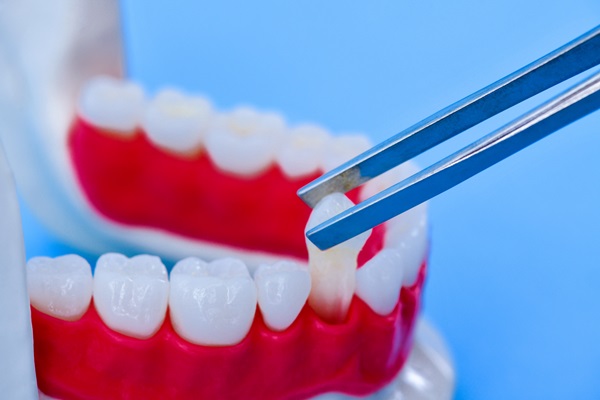Three Important Facts About Gum Grafting

Gum grafting is usually done to augment the gum tissue lost to gum recession caused by infection. Gum recession causes the gums to waste away gradually until the tooth roots are exposed. Since the gum tissues are not self-regenerative, gum graft surgery must be done to replace the lost tissues. Due to the pain associated with the procedure, patients often avoid treatment entirely.
Gum grafting strengthens and gum and protects the tooth from the effects of the recession. It also reduces teeth sensitivity and could give a smile a better appearance. This article will tell you three essential facts about gum grafting and how to make the procedure as hitch-free as possible.
Facts about gum grafting
The following are essential pieces of information to know about the gum graft procedure:
1. The procedure prevents tooth loss
After the gum tissue recedes, most people may be able to notice the color disparity between the tooth enamel and the roots. More importantly, the exposed roots of the tooth have nerve endings near the surface that reacts to extreme temperatures.
Root surfaces are not as strong as the enamel, which means that once they lose the protection of the gums, they stand at the risk of tooth decay. Unless the patient undergoes gum grafting, the recession will continue to worsen, potentially causing tooth loss. Before the gum graft procedure, the dentist will usually provide treatment for whatever infection or condition caused the recession.
2. The surgery procedure
A gum graft is a surgery recommended for patients with receding gums. The surgery entails removing soft tissues from the patient's palate and grafting it onto the part where the gums are missing. In some instances, the oral surgeon may use donor tissues. Gum recession in some patients is caused by improper brushing (too hard or infrequently). Sometimes, the dentist may be able to help the patient by advising them on proper brushing techniques.
Gum graft surgery is a safe and effective treatment that will remarkably improve the patient's oral health. Patients will be able to return home on the same day. But if sedatives were used, they will need to arrange for transportation.
The tissue healing typically takes about four to eight weeks. The type of gum graft done will determine the extent of pain felt after the surgery. If the tissue was taken from the patient's palate, they might be in discomfort for a few days. However, the dentist will recommend pain meds to deal with the pain.
For at least a week or two after the gum graft, patients must restrict themselves to a diet of soft, cold foods such as pasta, eggs, yogurt, ice cream, cottage cheese and thoroughly-cooked vegetables. Smoothies and soups will also be great for the first few days.
3. Potential complications of gum graft surgery
If the procedure was handled by a skilled and experienced dentist, the gum graft procedure is totally safe and the complications are minimal. Potential complications that could occur due to the procedure include severe swelling, infections, uneven healing and loose sutures.
Final note
If the idea of experiencing gum grafting pain is stopping you from undergoing the procedure, you can talk to your oral and facial surgeon about sedation options that may be suitable for you.
Request an appointment here: https://spectrumsurgical.net or call Facial Spectrum at (816) 524-4334 for an appointment in our Lee's Summit office.
Check out what others are saying about our services on Yelp: Read our Yelp reviews.
Recent Posts
A dental implant is considered the gold standard of dental restorations. Titanium rods act as dental roots that stimulate the jawbone. The artificial crowns replace the missing ones above the gumline. These restorations are what you need to have stable, natural-looking teeth again. Here are the details about the role of a dental implant in…
A dental implant is considered the gold standard of dental restorations. Titanium rods act as dental roots that stimulate the jawbone. The artificial crowns replace the missing ones above the gumline. These restorations are what you need to have stable, natural-looking teeth again. Here are the details about the role of a dental implant in…
A regular dentist can refer you to an oral surgeon if you need more dental care. This type of surgeon can perform procedures that can improve the face, mouth, or neck. Understanding the reasons for a referral to this provider can help you prepare for your procedure. Here are the reasons your dentist will refer…
A sinus lift or sinus augmentation can build up your upper jaw. This procedure is invasive. The dentist will take healthy bone and place it in the section of the maxilla that needs it. Here are the sinus lift benefits that you must consider.Studies show that a thinning upper jawbone can result in the weakening…

